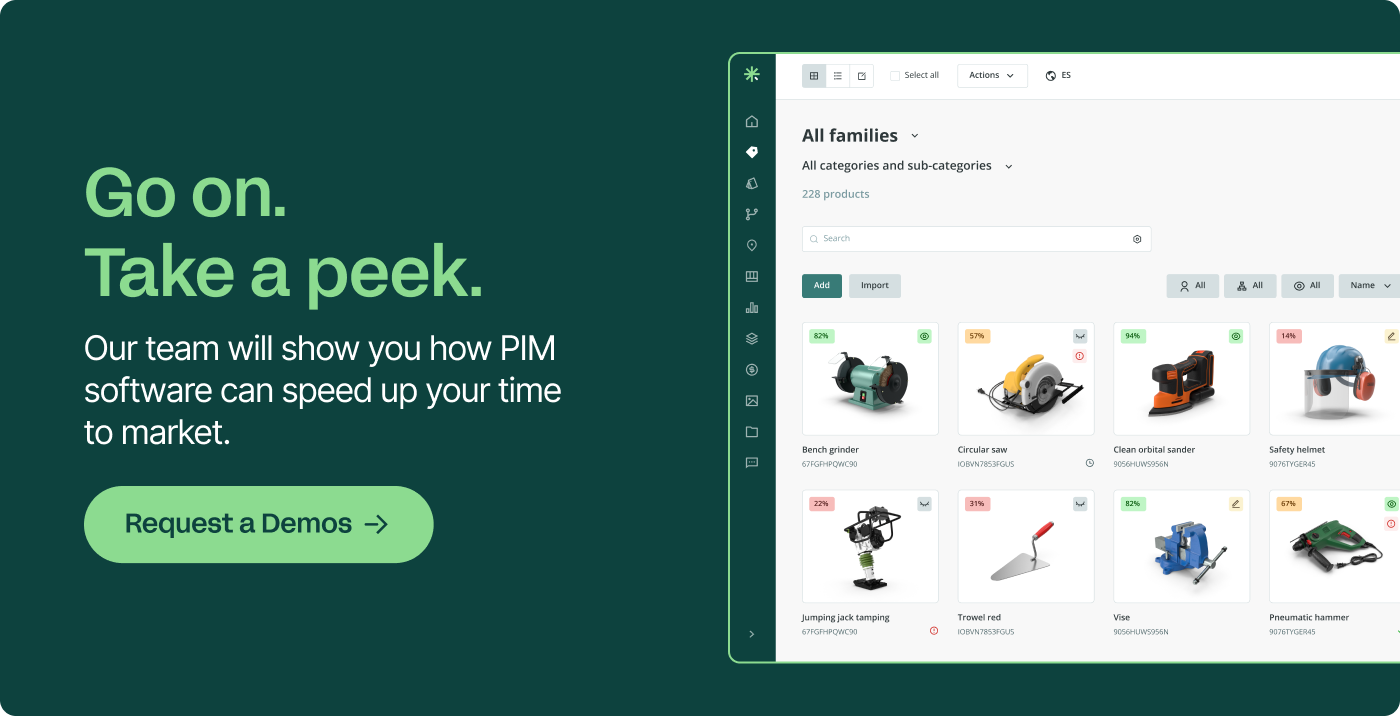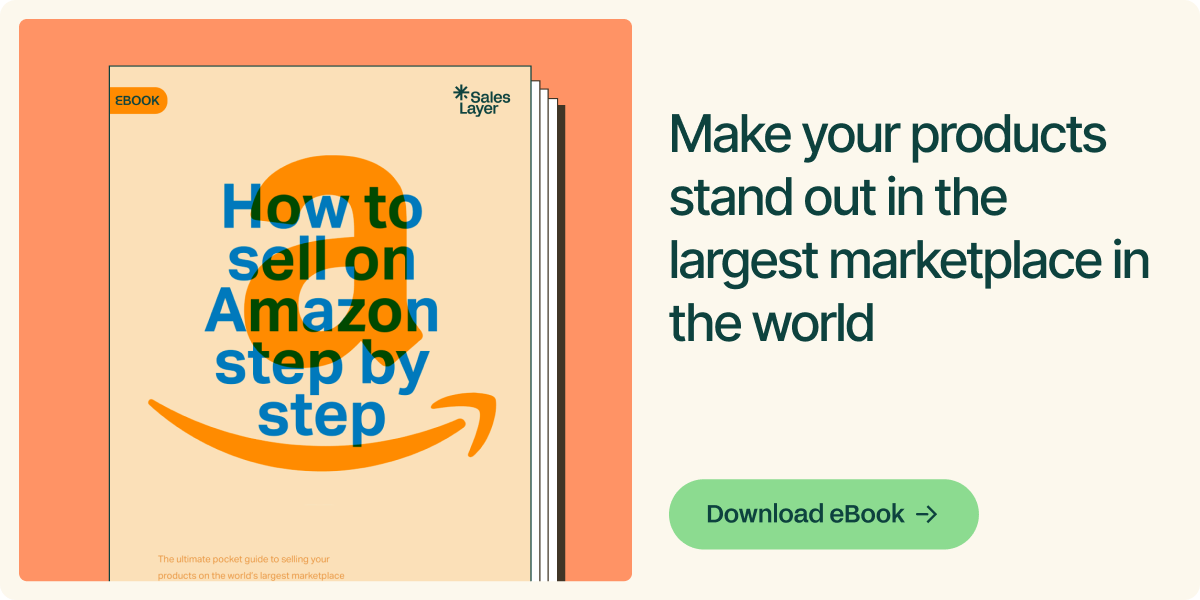
In Japan is fairly common to see people checking Rakuten’s website on their smartphones, instead of Amazon. The e-commerce market share of Rakuten in Japan represents a 27%, while Amazon has a 12%. Selling your products and positioning your business on the largest online marketplace in Japan is a good choice to expand your multi-channel strategy to Japan, and also the rest of the world.
Rakuten was born in 1997, after the purchase of Buy.com, and it’s a marketplace open to third parties. Sellers can add the SKUs of their products to a single reference catalog. The platform has already surpassed the 44,000 sellers and more than 40 million monthly customers, and it has become the third marketplace in the world with the highest global profits volume (about 17 billion dollars per year), after Amazon and eBay.
Is it possible to sell on Rakuten marketplace from other countries? How to become a Rakuten marketplace seller if you’re not based in Japan? Can you sell from Rakuten to other parts of the world? We tell you everything about selling on Rakuten marketplace. Okaerinasai!
- What's the difference between Amazon and eBay for sellers? -
Sell on Rakuten marketplace in Japan
Adding your products to the Japanese version of Rakuten is a great opportunity to expand your sales to the Eastern market. Japan is a rich country with great e-commerce activity and online sales figures above the average. See if your products would be attractive to Japanese audiences or could shine in some niche (at Rakuten you can sell almost everything, from fashion to electronics goods).
Selling on Rakuten marketplace in Japan entails some difficulties: you will need a Japanese business entity and bank account. In addition, the registration process may be quite long, as the marketplace analyzes the seller and the brand to verify its authenticity, and it could take up to 4 weeks (it takes less time if you are a third-party products reseller).
And, of course, you will need to take charge of shipping to Japan, if you have your stock warehouse in another country (and take care of taxes and fees). You will also need native speakers or people who can speak and write in Japanese to manage your store on the marketplace and to handle the customer service.
It’s essential to prepare your business with digital tools that can manage your multichannel and multi-language catalogs, in order to avoid content errors when distributing your products in different platforms and countries. Get stock, descriptions and images of your catalogs updated and customized to the Japanese market with software systems like a Product Information Management (PIM). This type of system includes automatic translations and lets you choose different products, information fields and launching dates for every market you want.
Send product content and SKUs, and automate the connection between your company data and Rakuten thanks to PIM connectors — in Sales Layer we can customize any connector for you (find more information here!).
- How a PIM can solve your multichannel e-commerce strategy -
Sell on Rakuten marketplace around the world
Are you afraid of the sales process in Japan, or are you not interested in that market? Don’t give up on Rakuten yet! The marketplace has expanded its network to 29 other countries since 2005 and you can also sell on other markets (as long as your company is based in them). These sites are only accesible to national customers.
The setup process in Rakuten USA is quite simple:
-
Create a Rakuten marketplace seller account.
-
Fill in your company’s details: ID, telephone number and credit card (If you are based outside USA, you’ll need a US address, checking account, credit card and telephone number).
-
Wait for confirmation from the Rakuten team (it takes from 3-10 business days), and then you’ll be able to list your products!
The marketplace has some commissions and it also gives the possibility for product placement on the website and in promotional emails.
- Monthly seller fee: $ 33 (billed quarterly)
- Product category fee: 8% - 15%
- Per item fee: $ 0.99
- Take a look at Amazon seller fees -
Benefits of selling on Rakuten marketplace
- Access to a large audience: Rakuten provides you with a new market and has a base of 105 million members per year. The tastes and demands of the Japanese market are very different from western clients, and you’ll be able to explore new segments and niches. You can also sell at higher prices than on Western markets.
- Lack of marketplace pressure: Unlike Amazon, Rakuten doesn’t sell its own products range. Therefore, you will not have to compete against the marketplace itself, but only with other vendors.
- Catalog diversification: Selling in Japan can be a great opportunity to sell overstock and unpopular items. For example, smaller sizes and childish products have more demand in Japan.
- Purchase rewards: Rakuten values the shopping experience above all and has a points system for customers, based on discounts that clients can use for future purchases. You don’t have to do anything: Rakuten takes care of this reward system for you
- Strategic support: Although Rakuten doesn’t have a management, storage and shipping service such as Amazon FBA, it has some interesting features for sellers: an account manager, a mailing tool and sales reporting and insights.
- Personalization: You can customize your merchant storefront, product pages and URL.
- Quick payments: Rakuten pays sellers on a weekly basis.
The 10 responsibilities of marketing departments
While Amazon looks for standardized sellers to make searches easier and ensure customer loyalty, Rakuten encourages the individuality of each seller and takes care of user shopping experience. You'll have more control over your merchant site on the marketplace and you'll be able to get more involved in UX and your brand image.
Rakuten means optimism in Japanese. That's all you need to start your multi-channel strategy on this marketplace — we take charge of the management for you!










